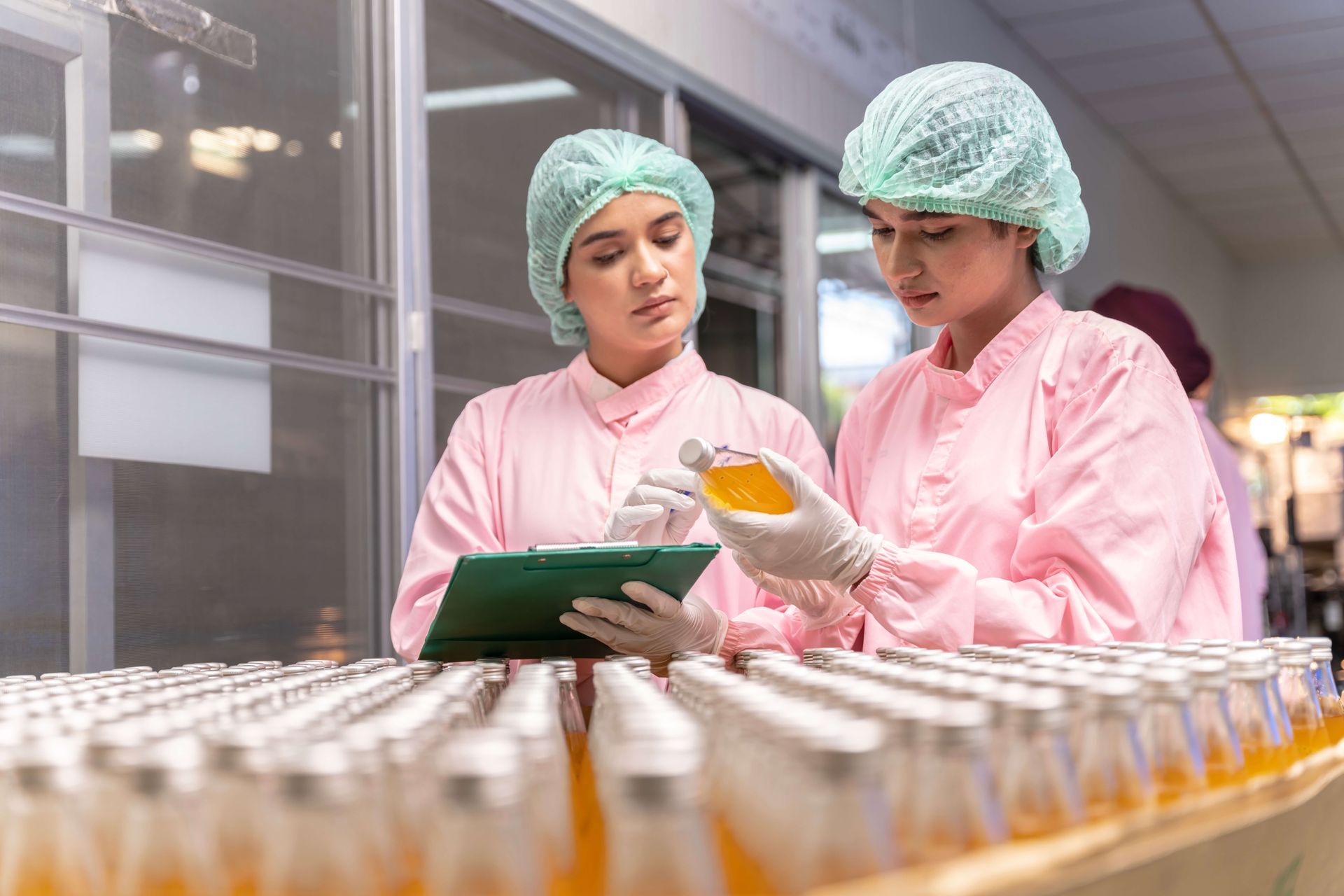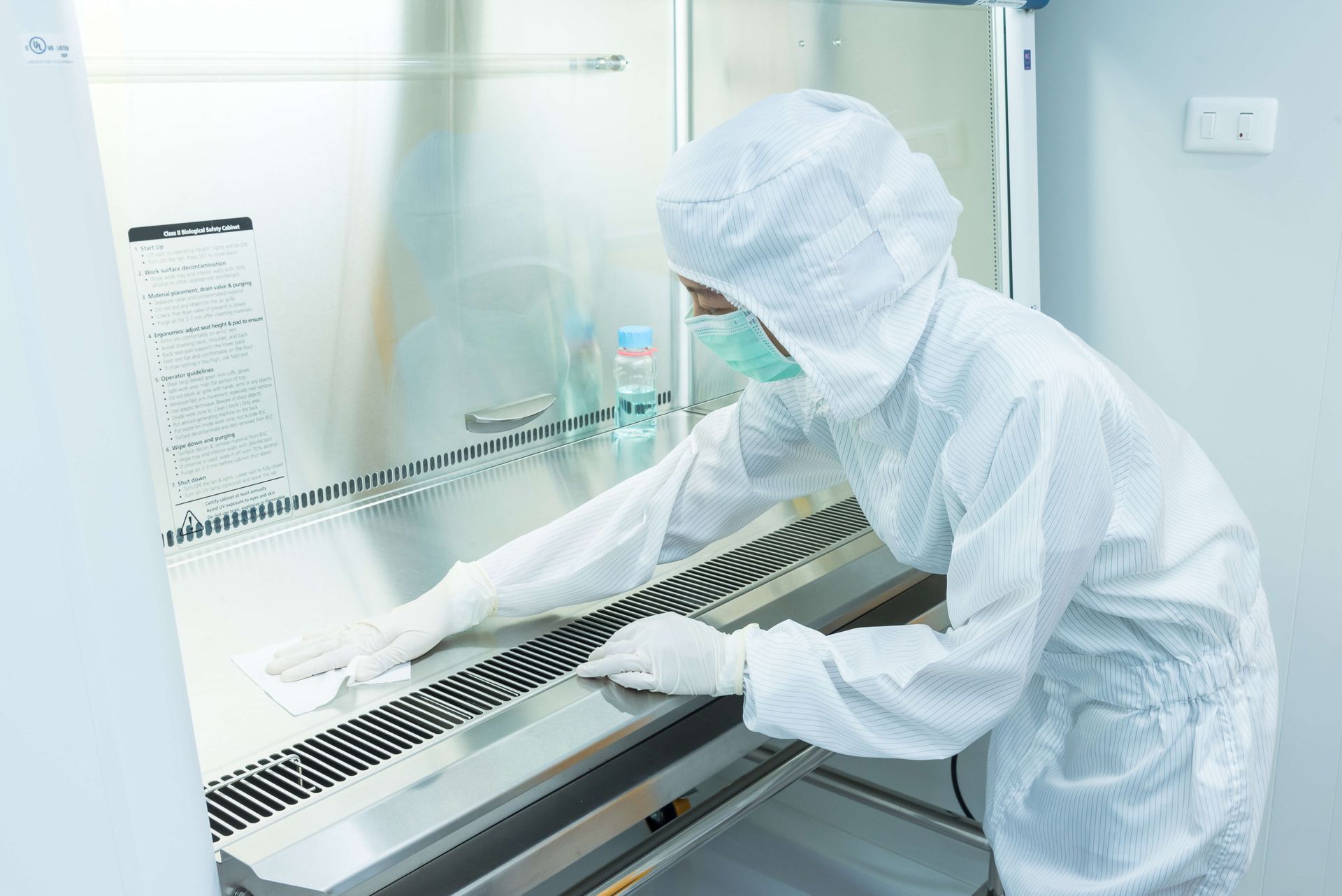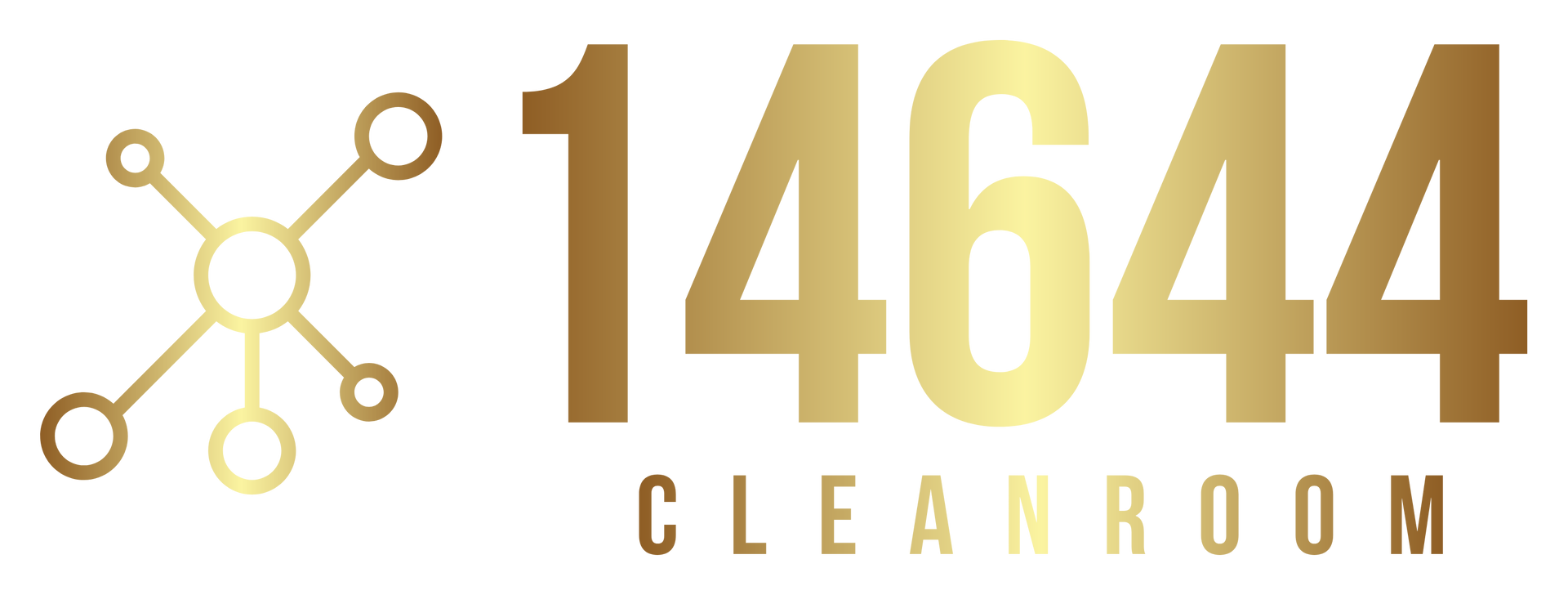Cleanrooms in the Food Industry: Ensuring Safety and Quality

Introduction
The food industry is increasingly adopting cleanrooms to mitigate contamination risks, particularly in the production of high-risk products. Originally prevalent in pharmaceutical and electronic manufacturing, cleanrooms offer controlled environments that limit airborne particles like dust, microbes, and chemical vapors, thus ensuring the safety and quality of sensitive products. This article explores the utility of cleanrooms in the food sector, emphasizing their benefits and the regulatory frameworks governing their use.
The Need for Cleanrooms in Food Production
Food safety is a paramount concern globally, as contamination can lead to severe public health issues and substantial economic losses. High-risk products, including ready-to-eat meals, baby foods, dietary supplements, and certain dairy items, are particularly vulnerable to microbial and particulate contamination. The implementation of cleanrooms in food production settings helps in maintaining an environment where air quality, temperature, and humidity are precisely controlled, thereby significantly reducing the risk of contamination.
Benefits of Cleanrooms in the Food Industry
- Enhanced Product Quality and Consistency: By controlling environmental variables, cleanrooms ensure that food products are manufactured under consistent conditions, leading to higher quality and uniformity in production batches.
- Extended Shelf Life: Foods produced in cleanrooms typically exhibit longer shelf life due to the reduced presence of contaminants that can accelerate spoilage.
- Reduced Product Recalls: The rigorous control over production conditions leads to safer products, which in turn reduces the likelihood of recalls due to contamination.
- Compliance with Safety Standards: Cleanrooms help food manufacturers comply with stringent safety standards, which are crucial for market access and consumer trust.
Regulatory Requirements
Regulations for cleanrooms in the food industry are derived from various international and national standards. In the United States, the Food and Drug Administration (FDA) sets guidelines under the Food Safety Modernization Act (FSMA), which includes mandates on sanitary operations and process controls. The European Union (EU) operates under similarly stringent rules, often aligned with ISO standards.
Key Regulations and Standards
- ISO 14644 Standards: This series of standards provides the classifications of air cleanliness in terms of the concentration of airborne particles in cleanrooms and associated controlled environments. Compliance with these standards ensures that food products are manufactured in a minimally contaminating environment.
- HACCP Guidelines: Hazard Analysis and Critical Control Points (HACCP) is a systematic preventive approach to food safety. It includes measures to control physical, chemical, and biological hazards in the food production process through risk assessment and control measures, which are essential in a cleanroom setting.
- GMP Regulations: Good Manufacturing Practices (GMP) are enforced by the FDA and similar bodies globally. These regulations are critical to the operational protocols of cleanrooms, including the maintenance, cleaning, monitoring, and personnel training.
Implementing Cleanrooms in the Food Industry
The implementation of cleanrooms in food production involves significant planning and investment. Key considerations include:
- Design and Construction: The layout and materials used in constructing cleanrooms are vital for ensuring optimal functionality. Materials that resist microbial growth and are easy to clean are preferred.
- Air Filtration Systems: High Efficiency Particulate Air (HEPA) filters or Ultra Low Penetration Air (ULPA) filters are essential for maintaining the purity of the air by trapping contaminants.
- Personnel Training: Workers must be trained on the protocols for entering and working in a cleanroom, including the use of specialized clothing and adherence to strict hygiene practices.
- Monitoring and Maintenance: Regular monitoring of air quality, along with scheduled maintenance of the facility and its equipment, is crucial for the long-term success of cleanroom operations in the food industry.
Conclusion
As the demand for safe and high-quality food products continues to rise, the role of cleanrooms in the food industry becomes increasingly critical. By providing a controlled environment, cleanrooms help in minimizing the risks of contamination, thus safeguarding consumer health and enhancing product reliability. Compliance with regulatory standards not only supports public health but also boosts consumer confidence, thereby aiding the growth of food manufacturers. The adoption of cleanroom technology in food production, while initially costly, leads to significant long-term benefits in terms of product safety, quality, and compliance with international safety standards.
Read more: All About Cleanrooms - The ultimate Guide






